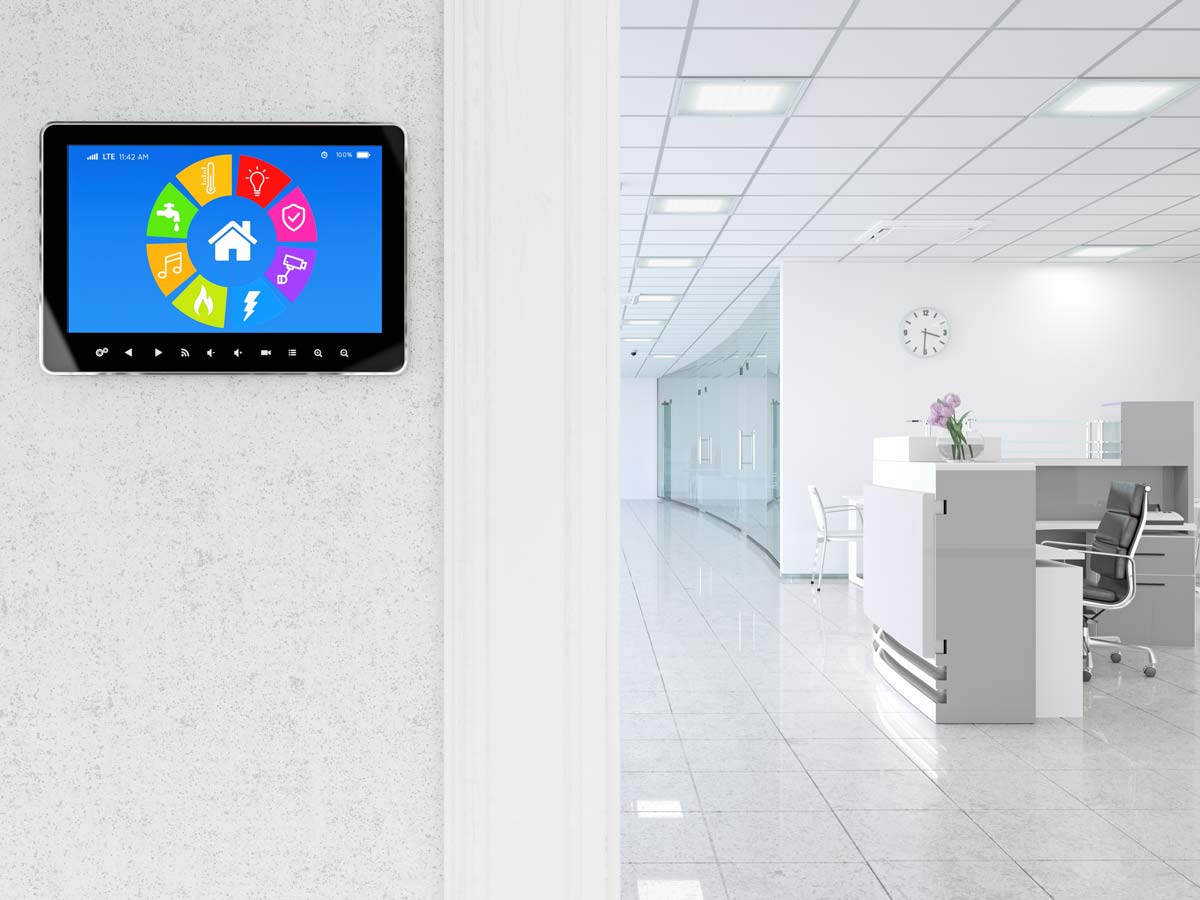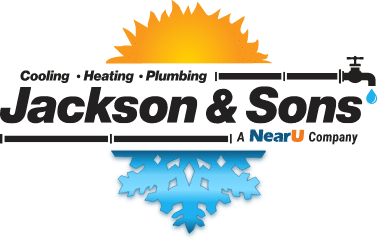
Being the one responsible for the office thermostat can seem like a thankless chore, but someone has to do it. You’ll find that some staff are too warm while another person’s literally freezing. When it comes to indoor comfort, one setting definitely doesn’t fit all. Still, someone has to make decisions about the workplace environment and take control of the office thermostat for the good of everyone. If you’re the one who wound up with what is often a no-win assignment, here are some suggestions to make the role easier:
- There’s no “ideal temperature.” Searching for a single, perfect setting for your office thermostat that will keep everyone happy all the time is not likely to be productive. The best alternative is to arrive at a “neutral” temperature. I.e., one in the conventional range which most people in the office agree is mostly comfortable most of the time.
- Avoid constant thermostat readjustments. Not only does this increase HVAC operating costs, but fluctuating temperatures are far more noticeable to occupants than a steady, consistent office thermostat setting.
- Limit access to the thermostat. It’s best to utilize a programmable thermostat with the selected preferred temperatures scheduled for the proper hours. This reduces the temptation to bump settings up or down on an individual impulse. Another advantage of a programmable thermostat is that many models integrate password protection so that only authorized persons can input changes.
- Zone Controlled System. A zone controlled system is also a great option which allows one HVAC system to be used efficiently in different areas or zones of a building. A zone controlled system uses thermostats, a control panel and dampers in the ductwork to regulate and direct air to specific areas within the building.
It’s also helpful to rely on reputable official sources when making decisions about office thermostat settings. Here are two common references that are often cited to determine standard indoor temperatures:
- ASHRAE, The American Society for Heating, Refrigerating and Air Conditioning Engineers, is the industry group responsible for publishing criteria for the heating and cooling industry. ASHRAE publications recommend keeping the office thermostat setting at 76 degrees in the summer and 72 degrees in the winter.
- The U.S. Occupational Safety and Health Administration (OSHA) sets official standards for working conditions. OSHA does not state specific individual temperatures for an indoor workplace but instead recommends a general range between 68 degrees and 76 degrees.
For all your commercial business heating and cooling needs, contact the professionals at Jackson & Sons.

